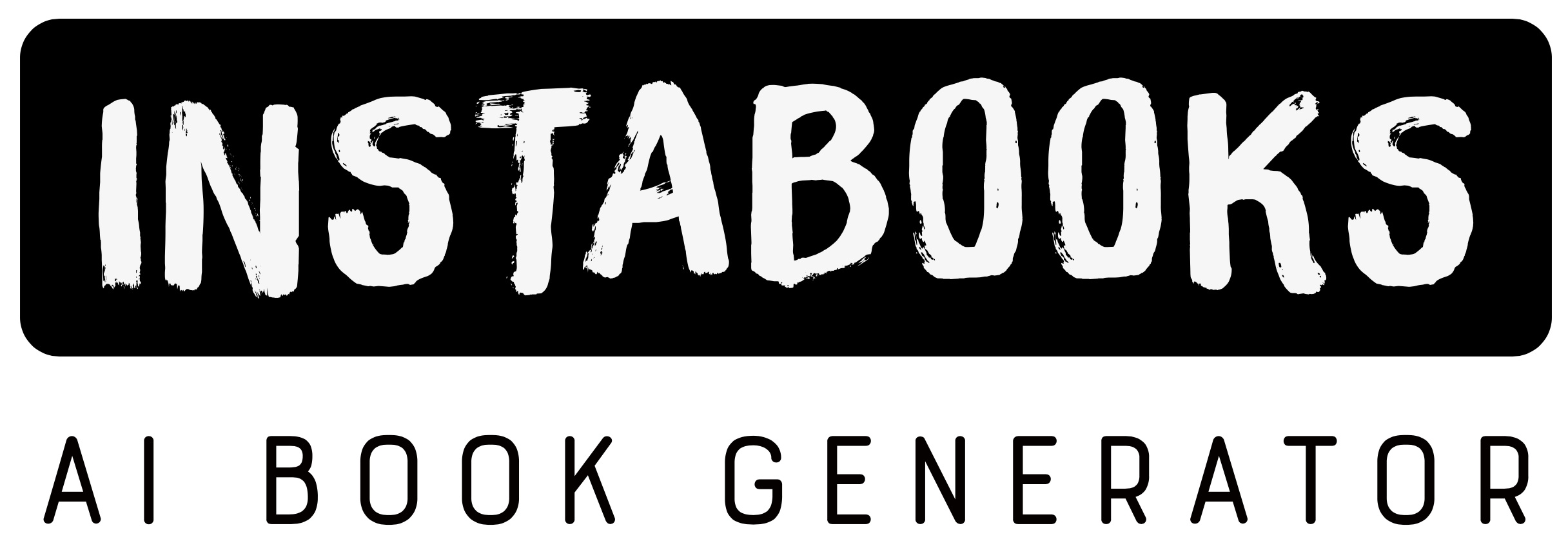
Mastering Data Classification Governance
Best Practices, Insights, and Strategies for Effective Data Management and Cybersecurity Enhancement
Included:
✓ 200+ Page AI-Generated Book
✓ ePub eBook File — read on Kindle & Apple Books
✓ PDF Print File (Easy Printing)
✓ Word DOCX File (Easy Editing)
✓ Hi-Res Print-Ready Book Cover (No Logo Watermark)
✓ Full Commercial Use Rights — keep 100% of royalties
✓ Publish under your own Author Name
✓ Sell on Amazon KDP, IngramSpark, Lulu, Blurb & Gumroad to millions of readers worldwide
Unlock the Secrets of Effective Data Governance
In today’s digital landscape, the governance of data classification is paramount to protecting sensitive information, ensuring compliance, and safeguarding an organization’s cybersecurity posture. Mastering Data Classification Governance provides readers with a comprehensive guide to understanding the history, techniques, and tools necessary for effective data classification governance. This book is not just about labeling data—it's about establishing a robust framework that ensures data integrity, security, and compliance throughout its entire lifecycle.
Historical Insights and Evolution
Data classification has evolved from a manual and often haphazard process to a structured approach driven by both policy and technology. We delve into the journey that led to today's best practices, including the major milestones that have shaped how organizations classify and protect data. By understanding the evolution of these practices, you can appreciate the value they bring in today’s fast-paced data-driven environment.
Approaches and Techniques That Matter
This book offers a deep dive into the various approaches and techniques that companies can adopt for effective data classification governance. You'll learn about the significance of systematic classification rules, the role of metadata tagging, and how automation can streamline processes. Each chapter contains practical examples from industry leaders, illustrating the successful application of these techniques.
Tools and Technologies to Enhance Data Classification
Discover the tools that are reshaping data classification processes, including intelligent classification systems and DataOps platforms. These technologies are game-changers in automating classification tasks and fostering collaboration among stakeholders. We provide an overview of the market landscape, highlighting tools that enhance governance and drive effective data management.
Insights into Data Governance Culture
Understand the cultural shift towards decentralized data governance models. This book emphasizes the importance of fostering a data-driven culture within organizations that engages stakeholders at all levels. By defining a clear “why” behind governance initiatives, organizations can enhance buy-in, adoption, and the overall effectiveness of their data governance strategy.
Why Governance is Essential
Data classification alone is not sufficient. Our practical examples demonstrate situations where organizations have faced challenges due to the absence of governance. Learn how effective governance translates classification into actionable outcomes that enhance data protection and compliance while mitigating risks.
Key Takeaways
- Established best practices for data classification governance.
- Insights into tools and technologies that improve processes.
- Strategies for cultivating a data governance culture within organizations.
- Real-world applications that highlight the risks of neglecting governance.
Join us on this journey to become an expert in data classification governance, ensuring your organization is not just compliant but also secure in an ever-evolving digital world.
Table of Contents
1. The Foundation of Data Governance- Understanding Data Governance
- The Importance of Data Classification
- Historical Context and Evolution
2. Best Practices in Data Classification
- Creating Standardized Classification Rules
- Conducting Comprehensive Risk Assessments
- Building a Data Inventory
3. Tools for Enhanced Data Classification
- Overview of Intelligent Classification Systems
- Exploring DataOps Platforms
- Integration with Existing IT Infrastructure
4. Cultural Aspects of Data Governance
- Fostering a Data-Driven Culture
- Engaging Stakeholders Effectively
- The Role of Training and Awareness
5. Automating Data Classification
- Benefits of Automation
- Key Technologies in Automation
- Case Studies on Automation Success
6. Defining the Why in Governance
- Establishing Purpose and Value
- Engagement Strategies for Success
- Aligning Governance with Business Objectives
7. Challenges in Data Classification
- Common Pitfalls and Misconceptions
- Risks of Neglecting Governance
- Gaining Leadership Buy-In
8. Real-World Examples of Effective Governance
- Case Study: Leading Organizations' Approaches
- Lessons Learned from Failures
- Key Takeaways for Implementation
9. Future Trends in Data Governance
- Shifts Towards Decentralization
- Emerging Technologies and Their Impact
- Predictions for Data Governance
10. Ongoing Management of Data Classification
- Maintaining Data Quality Standards
- Regular Audits and Assessments
- Continuous Improvement Practices
11. Regulatory Compliance and Data Governance
- Overview of Relevant Regulations
- Establishing Compliance Protocols
- The Intersection of Governance and Compliance
12. Conclusion: Towards a Secure Future
- Integrating Lessons Learned
- Creating a Roadmap for Implementation
- Encouraging Ongoing Commitment to Governance
Target Audience
This book is written for IT professionals, data governance practitioners, cybersecurity experts, and organizational leaders seeking to elevate their understanding and implementation of data classification governance.
Key Takeaways
- Established best practices for data classification governance.
- Insights into tools and technologies that improve processes.
- Strategies for cultivating a data governance culture within organizations.
- Real-world applications that highlight the risks of neglecting governance.
